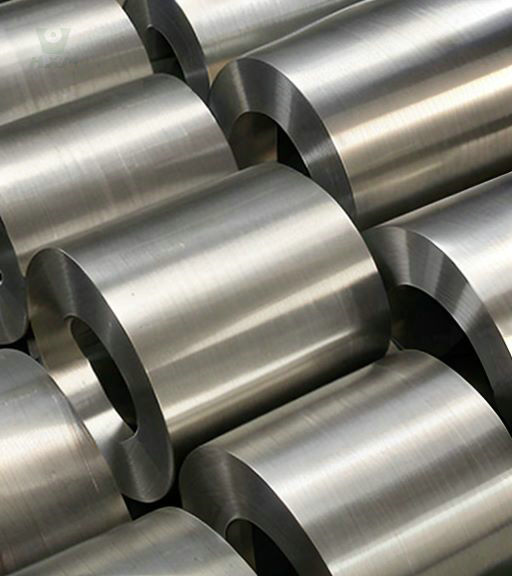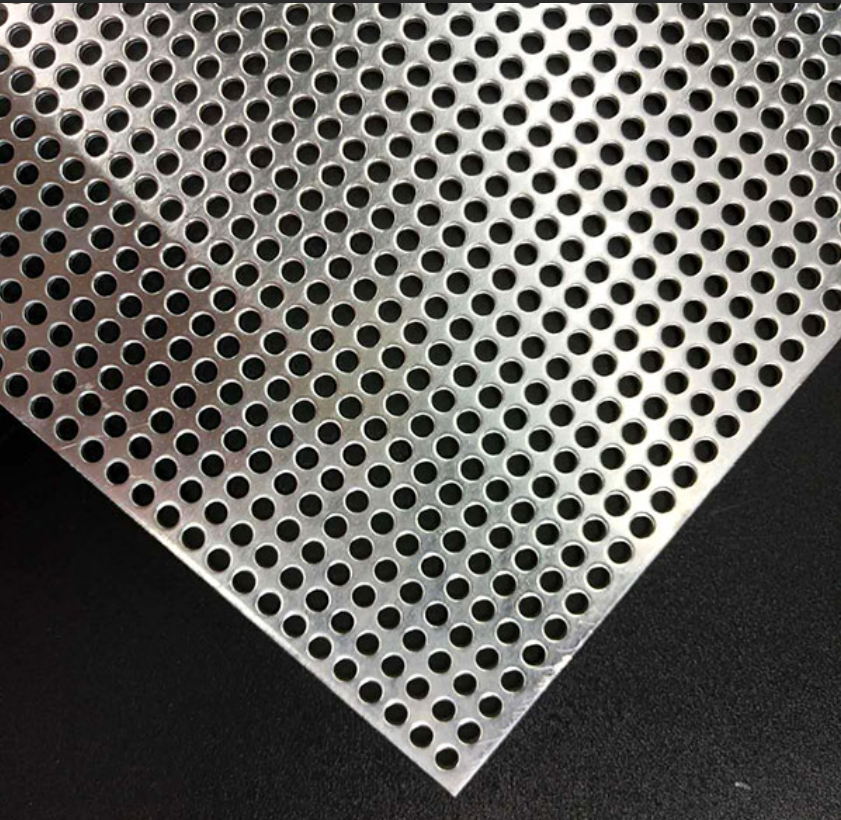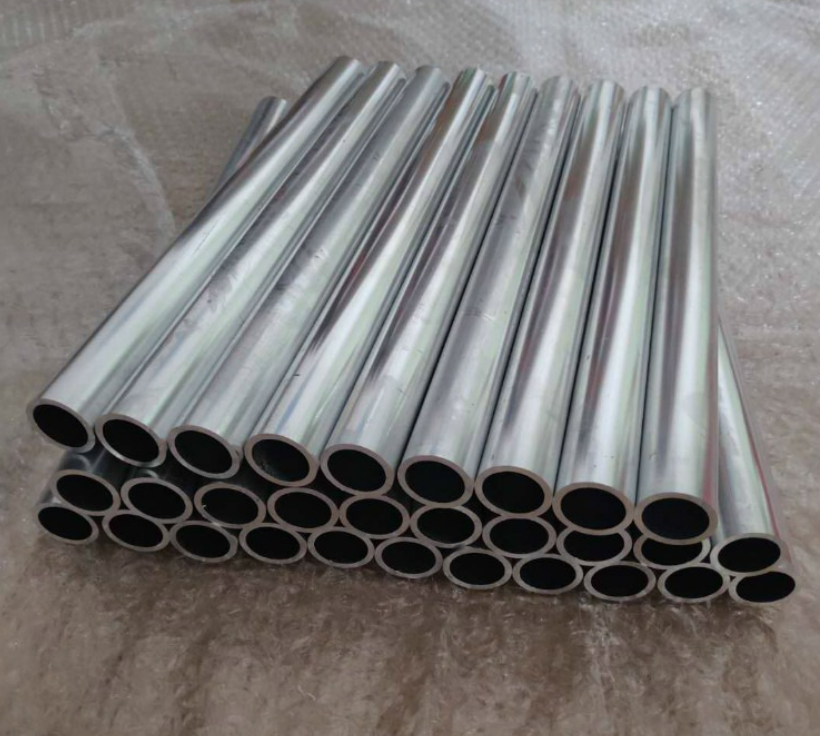What is 304 stainless steel?
In our daily lives, we often hear about “304 stainless steel,” a name that seems to have become synonymous with high quality, durability, and safety. Whether it’s the cutlery in our homes, kitchen utensils, medical equipment in hospitals, or building materials in skyscrapers, we can see the presence of 304 stainless steel. However, what is 304 stainless steel? What secrets lie behind this name? Why does it stand out among numerous stainless steel options and become the preferred choice in many industries?
what is 304 stainless steel?
304 stainless steel, also known as austenitic stainless steel, is a common type of stainless steel material. Its naming convention originates from the Steel Grade Numbering System of the American Iron and Steel Institute (AISI). In this system, stainless steel and heat-resistant steel are represented by three-digit numbers, where the first digit represents the steel type.
In the case of 304, the “3” signifies chromium-nickel austenitic steel. The subsequent two digits, “04,” serve as sequence numbers used to distinguish between different types of stainless steel.
Other Names for 304 Stainless Steel
In addition to being called austenitic stainless steel, 304 stainless steel goes by several other common names:
United States: In the United States, 304 stainless steel is commonly referred to as AISI 304 or 18/8 stainless steel. AISI stands for the American Iron and Steel Institute, which is responsible for setting standards for steel products. The term “18/8” derives from its composition, with approximately 18% chromium and 8% nickel.
Japan: In Japan, 304 is known as SUS304. This designation follows the Japanese Industrial Standard (JIS). JIS is the national standard of Japan used for specifying the dimensions and quality of various industrial products.
Europe: In Europe, the standard designation for 304 is 1.4301. This nomenclature is based on the European Standard (EN). EN standards are established by the European Committee for Standardization (CEN) to unify industrial product standards across European countries.
China: In China, besides being referred to as 0Cr18Ni9 or 06Cr19Ni10 (following the Chinese National Standard GB), 304 stainless steel is often colloquially known as food-grade stainless steel. This is because stainless steel 340 is safe, corrosion-resistant, and complies with food safety standards, making it widely used for food-contact utensils and kitchenware.
It’s important to note that while these terms all refer to 304 stainless steel, the specific composition and performance requirements may vary slightly in different countries and industry standards. Therefore, in specific applications, it’s important to select and use the appropriate grade according to relevant standards and specifications.
physical property of 304 stainless steel
- Tensile Strength σb (MPa) ≥ 515-1035
- Yield Strength σ0.2 (MPa) ≥ 205
- Elongation δ5 (%) ≥ 40
- Hardness: ≤ 201HBW; ≤ 92HRB; ≤ 210HV
- Density (20℃, g/cm³): 7.93
- Melting Point (℃): 1398—1454
- Specific Heat Capacity (0—100℃, KJ·kg-1K-1): 0.50
- Thermal Conductivity (W·m-1·K-1): (100℃) 16.3, (500℃) 21.5
- Linear Expansion Coefficient (10-6·K-1): (0—100℃) 17.2, (0—500℃) 18.4
- Electrical Resistivity (20℃, 10-6Ω·m2/m): 0.73
- Longitudinal Elastic Modulus (20℃, KN/mm2): 193
Product Standards for 304 Stainless Steel
The widespread recognition of 304 stainless steel is largely attributed to the decisive role played by its nickel (Ni) content, which directly influences its corrosion resistance and overall value. Nickel, along with chromium (Cr), as the core components of 304 stainless steel, has its content standards closely monitored by the industry. It is widely held that as long as the Ni content exceeds 8% and the Cr content exceeds 18%, it can be considered as 304 stainless steel, hence the origin of the name “18/8 stainless steel.”
However, relying solely on the content of these two elements is insufficient to comprehensively determine whether a material is truly 304 stainless steel. In reality, product standards impose more precise and specific requirements on the composition of 304, which may vary depending on the shape and application of the stainless steel. For example, standards for different forms of stainless steel such as sheets, bars, and wires may differ.
304 | C | Mn | P | S | Si | Cr | Ni |
value, % | ≤0.08 | ≤2.00 | ≤0.045 | ≤0.030 | ≤1.00 | 18.0–20.0 | 8.0-11.0 |
304 | C | Mn | P | S | Si | Cr | Ni | N |
value, % | ≤0.07 | ≤2.00 | ≤0.045 | ≤0.030 | ≤0.75 | 17.5–19.5 | 8.0–10.5 | ≤0.10 |
SUS 304 | C | Mn | P | S | Si | Cr | Ni |
value,% | ≤0.08 | ≤2.00 | ≤0.045 | ≤0.030 | ≤1.00 | 18.0–20.0 | 8.0-10.5 |
SUS 304 | C | Mn | P | S | Si | Cr | Ni |
value,% | ≤0.08 | ≤2.00 | ≤0.045 | ≤0.030 | ≤1.00 | 18.0–20.0 | 8.0-10.5 |
application of 304 stainless steel
304 stainless steel is a widely used chromium-nickel stainless steel, highly favored for its excellent corrosion resistance, heat resistance, low-temperature strength, and superior mechanical properties. This material performs admirably across various temperature ranges (-196°C to 800°C), particularly suitable for processes like stamping and bending during hot working, without experiencing heat hardening phenomena. In atmospheric environments, 304 stainless steel demonstrates excellent corrosion resistance; however, in industrial atmospheres or heavily polluted areas, regular cleaning is advised to ensure its long-term durability.
Particularly noteworthy is the application of stainless steel 304 in the food industry.
Due to its material safety, corrosion resistance, and compliance with food safety standards, it finds widespread use in food processing, storage, and transportation.
Moreover, 304 stainless steel boasts excellent machinability and weldability, making it widely used in various industries such as
- plate heat exchangers, corrugated tubes, household items (e.g., cutlery, cabinets, indoor piping, water heaters, boilers, bathtubs)
- automotive parts (e.g., windshield wipers, mufflers, molded products)
- medical devices
- building materials
- chemical
- food industry
- agriculture
- ship components
It is worth emphasizing that 304 stainless steel, with its composition strictly controlled, can also be referred to as food-grade stainless steel 304. This category of stainless steel material is subjected to stricter requirements in terms of composition and performance to ensure higher safety and reliability, especially in specific applications, particularly those involving direct contact with food.
conclusion
Through the elaboration in this article, it is believed that you have gained a deeper understanding of stainless steel 304. It is not only a high-quality stainless steel material but also highly favored for its outstanding corrosion resistance, heat resistance, and wide range of applications. Whether in the food industry, medical field, construction, chemical industry, or other industries, 304 stainless steel plays an important role.
As Huaxiao Metal, a professional stainless steel export trading company in China, we are committed to providing customers with high-quality 304 stainless steel products. With rich industry experience and a professional team, we can meet your procurement needs in various application scenarios. If you have the intention to purchase 304 stainless steel or want to learn more about our products and services, please feel free to contact us at any time. We look forward to cooperating with you to create a better future together!









